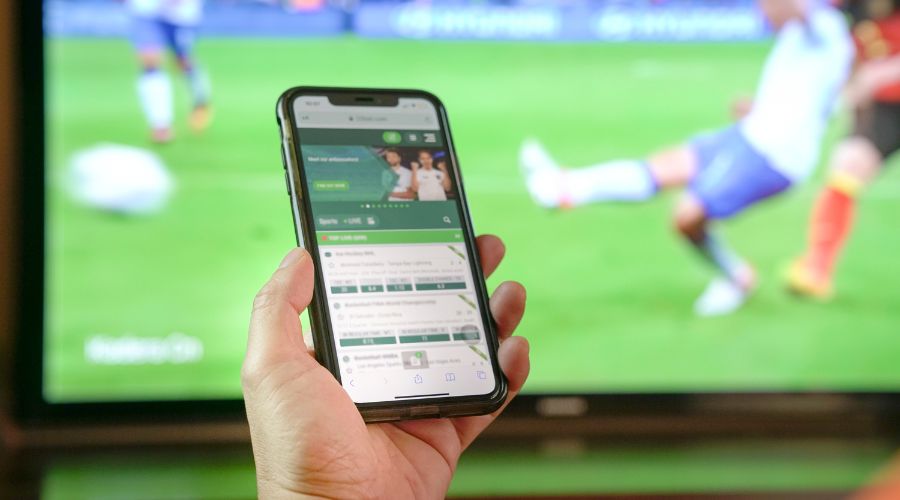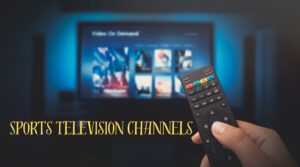Streaming vs Cable: What’s the Real Difference?
The way we watch content has changed dramatically over the past two decades. An ISP, Race Communications is at the forefront of this transformational shift. Once popular, cable TV was delivered via scheduled programming and bulky set-top boxes, but now streaming sites like Netflix, Amazon Prime, and Disney+ are taking over cable TV and set-top boxes. Which is better, cable or streaming?
Cable and streaming have their advantages, but traditional cable is declining in popularity while streaming is growing. It’s relatively inexpensive and offers a much better user experience.
Let’s delve into the intricacies of cable vs streaming to see how these two mediums differ.
Table of Contents
The Evolution of Streaming
Streaming services, which are now an integral part of modern media consumption, started as a simple platform striving for recognition. Their journey of growth and transformation is nothing short of remarkable.
In 1998, Netflix debuted as a DVD-by-mail rental service. However, anticipating the potential of the internet and changing consumer demands, it began to lean towards live streaming – which was a good move.
Gone are the days of waiting for DVD delivery or sticking to scheduled TV programming. Streaming has empowered viewers, giving them the freedom to watch what they want, when they want, and as much as they want.
Netflix’s success has spawned a wave of innovation. Hulu, a collaboration between major TV networks, initially began streaming recent TV episodes. Disney+ has quickly gained a huge following and become very popular, capitalizing on its beloved content. Amazon Prime Video has mixed original productions with licensed films, while platforms like HBO Max have brought more innovation, making it appealing to modern audiences.
The Rise of Humble-Watching
One of the most revolutionary changes in streaming platforms has been the introduction of the concept of “humble-watching”. Traditional TV channels used to limit us to weekly episodes so that we couldn’t watch entire seasons at once, which we had to wait for, but streaming has released entire seasons at once, allowing viewers to enjoy at their own pace. As a result, viewers can stream at their own pace, rather than being stuck on a TV broadcast schedule.
Streaming vs Cable Comparison in Detail
1. Cost
While initially promising savings, with premium tiers of streaming, costs can increase even further. For example, Hulu starts at $7.99/month but costs $76.99/month for live TV. Families often subscribe to multiple platforms like Netflix, Disney+, and Amazon Prime, which can rival or exceed cable bills in comparison.
2. Channels
Cable offers a wide selection of channels, including regional sports networks, to cater to different household preferences. Streaming services, while offering the major networks, often require multiple subscriptions to match the cable variety, which can potentially increase costs.
3. Contracts
Cable is typically on a long-term contract basis, although some providers, such as Race, offer some flexibility. Streaming services prefer monthly plans but increasingly offer discounted annual subscriptions, which indicate a more binding commitment.
4. Quality
The cable delivers consistent quality over coaxial or fiber cable, regardless of internet speed. Streaming offers features like 4K but relies on a strong internet connection; weak fiber connections can cause buffering and lag. With strong internet, quality can vary.
5. Experience
The portability of streaming allows access to anywhere, including devices and the internet. Cable has adapted to apps for on-the-go streaming. Both platforms now offer features like on-demand content, personalized recommendations, and DVR capabilities.
Streaming vs Cable: Choosing the Right Option
Cable offers a stable, comprehensive, and often local entertainment experience, while streaming offers flexibility, personalized content, and commitment-free streaming. It depends on your preferences and entertainment needs.
Below are some key insights into what you will use:
- For families: Cable TV is ideal for watching with the whole family, offering a wide range of channels that are ideal for everyone from live sports fans to classic movie lovers.
- For flexibility: If you prioritize cutting costs, streaming is your perfect choice. Great streaming of on-demand entertainment at a very low cost.
- Internet Dependency: Reliable internet is crucial for a good quality streaming experience. As long as you have internet, you can stream wherever you go.
Ultimately, whether you prefer cable or streaming is better, but which one you are comfortable with will depend on you. But it depends on your viewing habits, technological comfort, budget and most importantly, what you will use it for.
Streaming vs Cable Streaming vs Cable Streaming vs Cable Streaming vs Cable Streaming vs Cable
Read More: Best Football Streaming Sites in 2025








